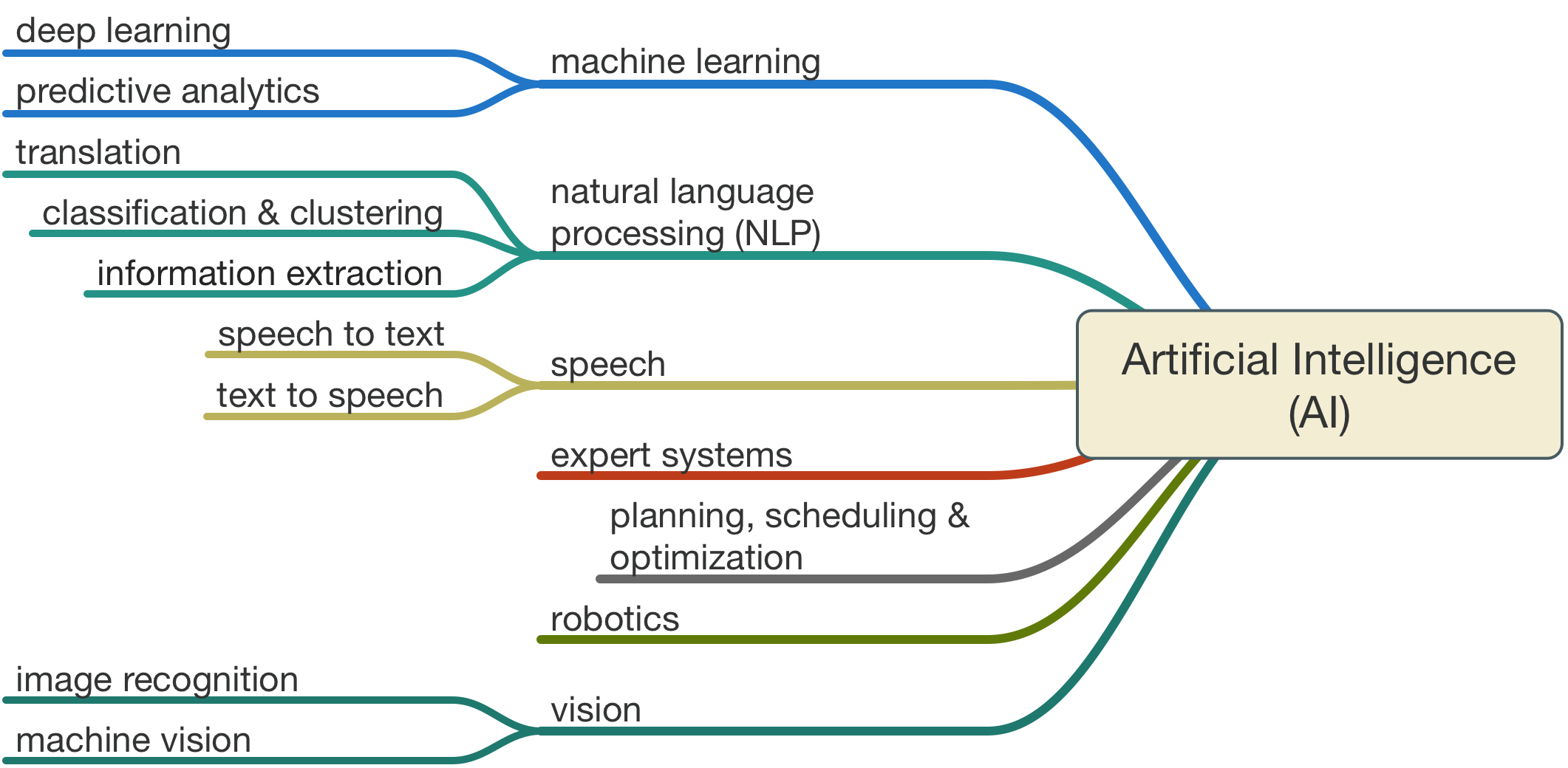Amazon recently announced three major services that are aimed at making things easier for developers to exploit Artificial Intelligence (AI) capabilities. AI has been one of the weakest links in Amazon’s robust stack of cloud infrastructure services which, incidentally, took the company to the top of the cloud industry due their breadth and depth offered. Meanwhile, tech majors Google, Microsoft and IBM, Amazon’s competitors in the cloud race, already have robust AI platforms that are constantly being upgraded and fine-tuned.
Google, for example, has been working on AI for a very long time, and even acquired DeepMind in 2014 to extend their capabilities in a big way. IBM’s strong push into the cloud segment is actually built around Watson, which goes much further and deeper than any of the traditional AI applications we have seen. Microsoft has been working on its own AI platform for many years – can anyone forget the meltdown their chatbot Tay had on Twitter?
But these are all thoroughbred technology companies so, naturally, they have all been investing in AI, which is considered to be the next frontier of technology that needs to be conquered. Amazon was – and still is – a retail company that happened to venture into the rarified air of high technology and latched onto a passing cloud.
Amazon innovated its way to the top of the cloud industry by thinking in a disruptive manner, showing the world that third-party IT infrastructure management is the way of the future. Their fleet-footedness and decisiveness is what brought them to this leadership position over the other “more qualified” parties.
But the fact that Amazon is late to the AI game isn’t stopping them from aggressively pursuing that agenda. Let’s take a look at what they’re doing.
The three products we mentioned are Amazon Lex, Amazon Polly and Amazon Rekognition.
Amazon Lex
This utility is a service for developers to build conversational voice and text interfaces into any application. Using advanced deep learning and its functionalities – specifically, automatic speech recognition (ASR) and natural language understanding (NLU) – to build app integrations that will allow deep user engagement. Essentially, the same technologies that power Alexa are now being offered to developers, who can now build their own chatbots, or conversational bots.
Amazon Rekognition
Amazon Rekognition makes it easy to add image analysis to your applications. With Rekognition, you can detect objects, scenes, and faces in images. You can also search and compare faces. Again, this is a technology that Amazon itself uses – for Prime Photos. It utilizes deep neural network models to detect and label the objects, scenes and faces in your images. As with Alexa’s tech, this is also a work in progress, and the company keeps adding more and more features and abilities to Rekognition.
Amazon Polly
Amazon Polly is a service that lets developers build applications that talk. Turning text into speech is its specialty area, and Polly comes with 47 “lifelike” voices in 24 different languages. You can customize the type of voice and language you want and build it into your application easily and quickly. Using advanced artificial intelligence (deep learning) technologies like speech synthesis, Polly comes with online/offline capabilities. When online, you can sent the text to be converted to the Polly API and “she” will immediately return the audio stream to your app. The audio can then be cached in a standard audio format such as MP3 for offline replay or distribution to other devices.
The Strategy that Drives Amazon’s Artificial Intelligence Initiatives
The move to release these three artificial intelligence products will help Amazon step up its game in the spread of AI. If you remember, several weeks ago they offered a $1 million cash prize to the university research team that can create a chatbot that can hold its end of a conversation with a human being for at least 20 minutes. More recently, the company also announced the addition of several intents and slot types for voice commands on Alexa – hundreds, in fact.
Amazon’s intent for artificial intelligence technologies seems to be to disseminate the tech rather than hold all the capabilities for themselves. By offering these as APIs, they can then leverage their cloud presence and get people to start depending heavily on their services – all of which run on AWS Cloud. Eventually, that will lead to a massive revenue stream in an indirect way.
Essentially, it’s the same strategy they used – and continue to use – with Amazon Prime: The value that Prime members get is far greater than the $99/yr they pay for the service, but Amazon benefits in the end because Prime members spend much more than the average non-Prime shopper on Amazon.
Amazon’s strategy is to make an offer so irresistible that the customer can’t possibly refuse to take it. It’s the way of Don Corleone (Marlon Brando) in The Godfather, but with a positive twist.
Thanks for reading our work! Please bookmark 1redDrop.com to keep tabs on the hottest, most happening tech and business news from around the world. On Apple News, please favorite the 1redDrop channel to get us in your news feed.



